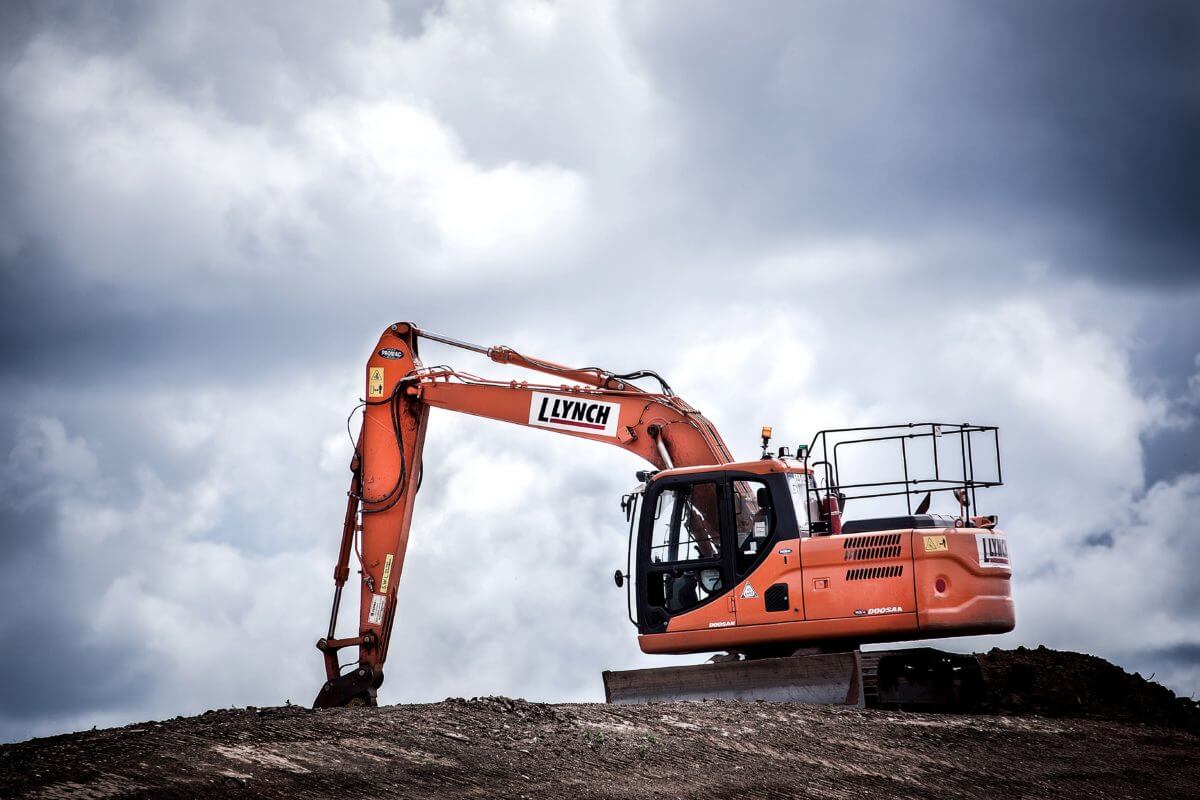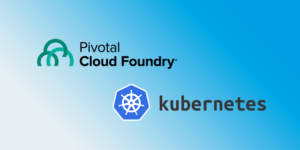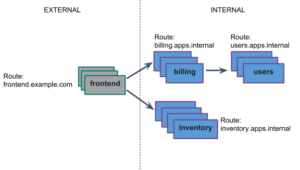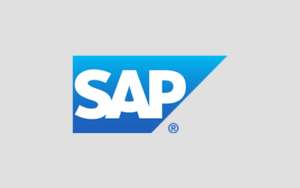As more companies adopt cloud-native strategies and move their legacy apps to the cloud, they face never-before-seen problems. There are no playbooks to follow. Armed with this knowledge, Jason Weber, principal lead consultant with Magenic, laid out a detailed plan on how to break the monolith and migrate legacy applications to Cloud Foundry at the Cloud Foundry Summit Boston this April.
Weber explains there is no reason to think that migrating a massive .NET application should be an event of galactic magnitude. If done right, it can be a smooth and extremely cost-effective process.
While you work on your cloud-native journey, don’t get confused by different terms used for migrations, including but not limited to: “lift and shift,” “forklift migrations,” “cloud-ready.” According to Weber, they all mean the same thing. What you are essentially doing is taking an application, with minimal changes, and moving into Cloud Foundry.
Weber pointed out the three main factors out of the 12-factor applications that are critical to any migration: dependencies, configuration, and logging. He called them barriers to migration. These must be addressed in order to migrate a legacy application app into Cloud Foundry.
With the release of VMware Cloud Foundry 2.1, some of these constraints have been relaxed to make it easier to bring a legacy application into Cloud Foundry. That said, it’s still important to take into consideration these factors as they allow one to take full advantage of that migration.
Weber has a preflight checklist, a five-step process that eases the process of migration and code to prove how it all works.
To learn more about how to easily and cost-effectively move your legacy applications into Cloud Foundry, check out Weber’s Summit talk:





